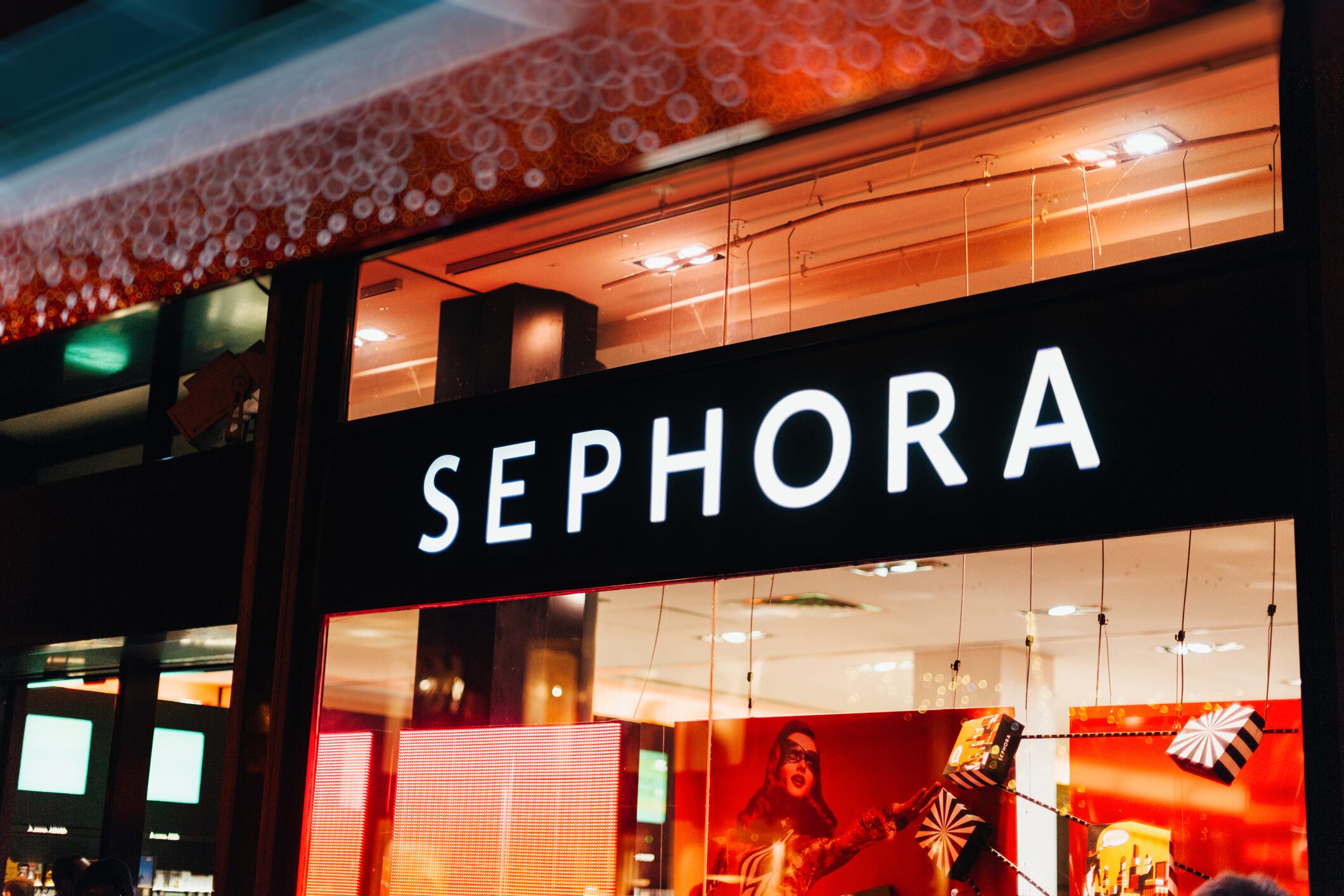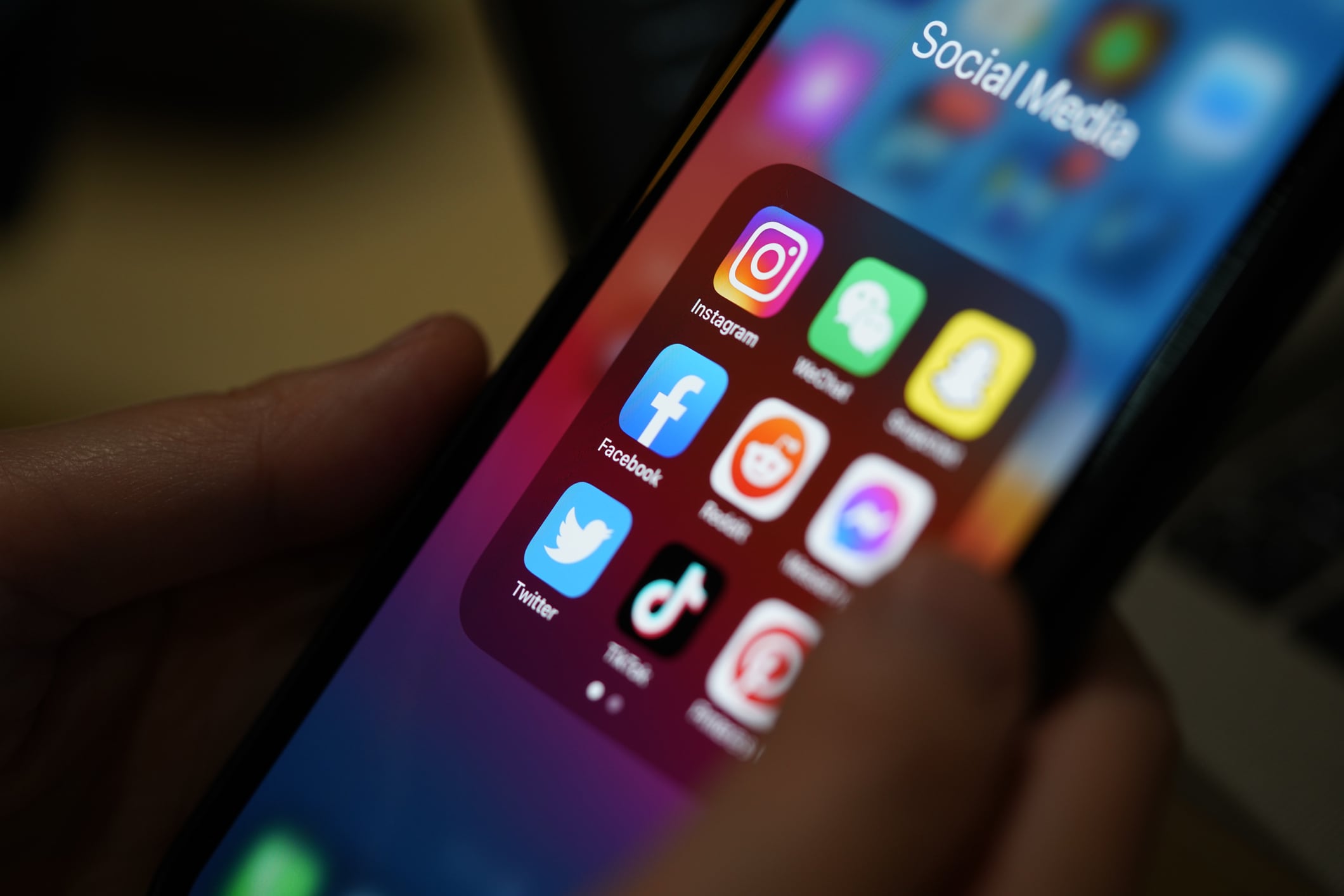Millennial-favorite beauty brand Glossier has recently launched its skincare and makeup product lines into over 600 North American Sephora stores as part of the diversification into an omnichannel marketing and branding strategy. The move, a strong push from their original availability as a direct-to-consumer eCommerce brand, allows new and loyal customers to touch and sample products in-store.
Meet the brand
Glossier, the brainchild of founder Emily Weiss, was born from her original project, Into the Gloss, which Weiss launched in 2010. Weiss, who started in the fashion and beauty space as an on-set styling assistant at Vogue, started Into the Gloss as an opportunity to interview and share insights from prominent women in the industry. Its most popular series, Top Shelf, saw interviewees like Karlie Kloss share their thoughts from their bathrooms and included photos of their shelves and medicine cabinet contents,
The site’s popularity boomed throughout the early 2010s, reaching 1.3 million unique visitors by May 2016. Sensing the potential reach of her platform, in 2014, Weiss explored investment opportunities and the possibility of converting Into the Gloss into a viable e-Commerce space for curated beauty products. Upon securing $2 million of seed funding through a venture capital opportunity, Weiss went forward with founding Glossier.com as it is known today.
One of the reasons the brand, described by Polina Marinova of Fortune as “one of the most disruptive in beauty,” saw such immediate success is the versatility and accessibility of its products. The launch in October 2014 was small, with four products: an all-purpose balm, facial mist, sheer skin tint, and moisturizer. By 2019, Glossier had a $1.2 billion valuation and added over a million new customers, which increased to $1.8 billion by 2022.
Today, Glossier offers a wide range of products, including skincare, makeup, body care, fragrances, balms, and a clothing line called GlossiWEAR.
All that glitters
Though successful, the brand has not been without controversy and was not immune to the beauty industry downturn of the COVID-19 pandemic. The company’s commitment to a direct-to-consumer model has been a core feature of the brand, but this mindset has shifted over time. Glossier attempted to expand into retail by opening a flagship store in New York in 2019, but the pandemic shut down those efforts just a year later. Around that same time, the brand suffered criticism in response to an open letter published by several former employees who shared their experiences of failing support and racism from managers, to which Weiss publicly apologized.
In January 2022, Glossier downsized its internal operations by letting go of approximately a third of its corporate staff. As part of their recovery process from these challenges, the brand has since restructured following Weiss’s departure as Glossier CEO in May 2022.
The embrace of an omnichannel strategy is well received by consumers and Glossier corporate alike under the new tenure of CEO Kyle Leahy, former Glossier CCO. In addition to the jump to Sephora shelves, Glossier has also opened a revamped flagship location on Soho Spring Street in New York City this year as a further measure to put Glossier products directly in the hands of consumers. The flagship store follows new retail outlets in Washington, Atlanta, Philadelphia, and Brooklyn, which opened last year.
As part of the Sephora partnership, Glossier products will be available in-store and online. Historically, the brand has relied heavily on consumer input and reviews to sell products. However, with the advent of in-store accessibility, new and returning customers can now swatch colors and match foundation shades in person. This diversified strategy hits a significant pain point for Glossier consumers, and with global brand Sephora’s backing bodes well for the brand’s success in 2023.





